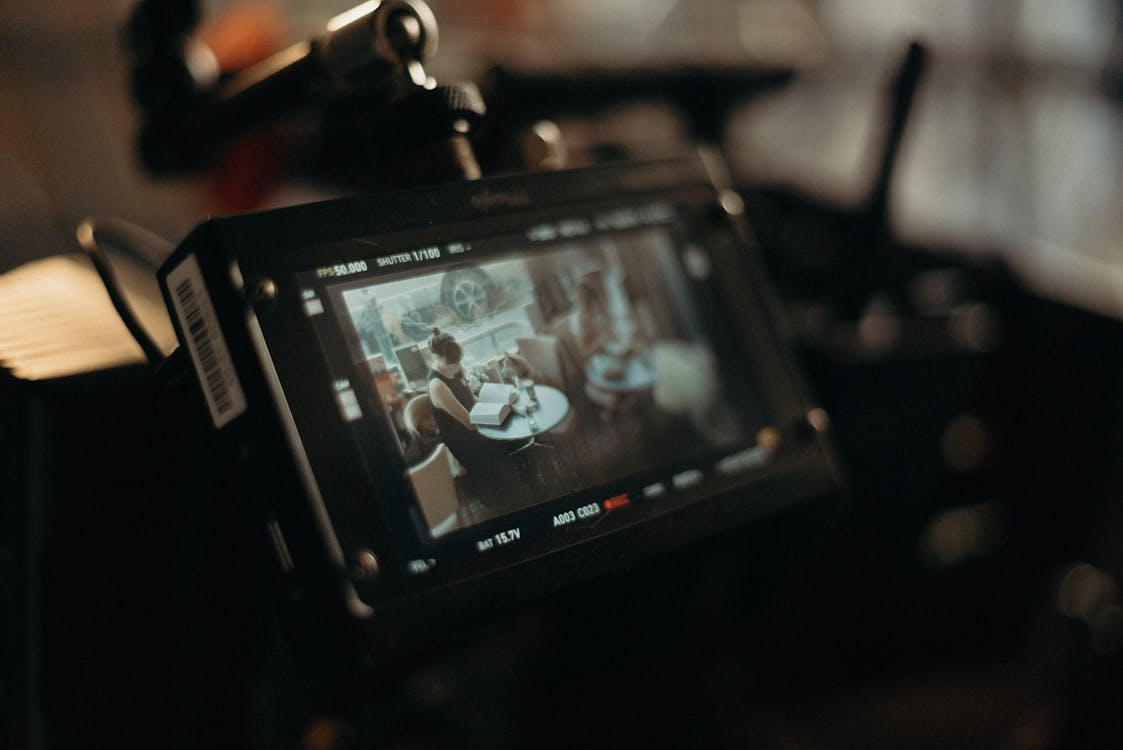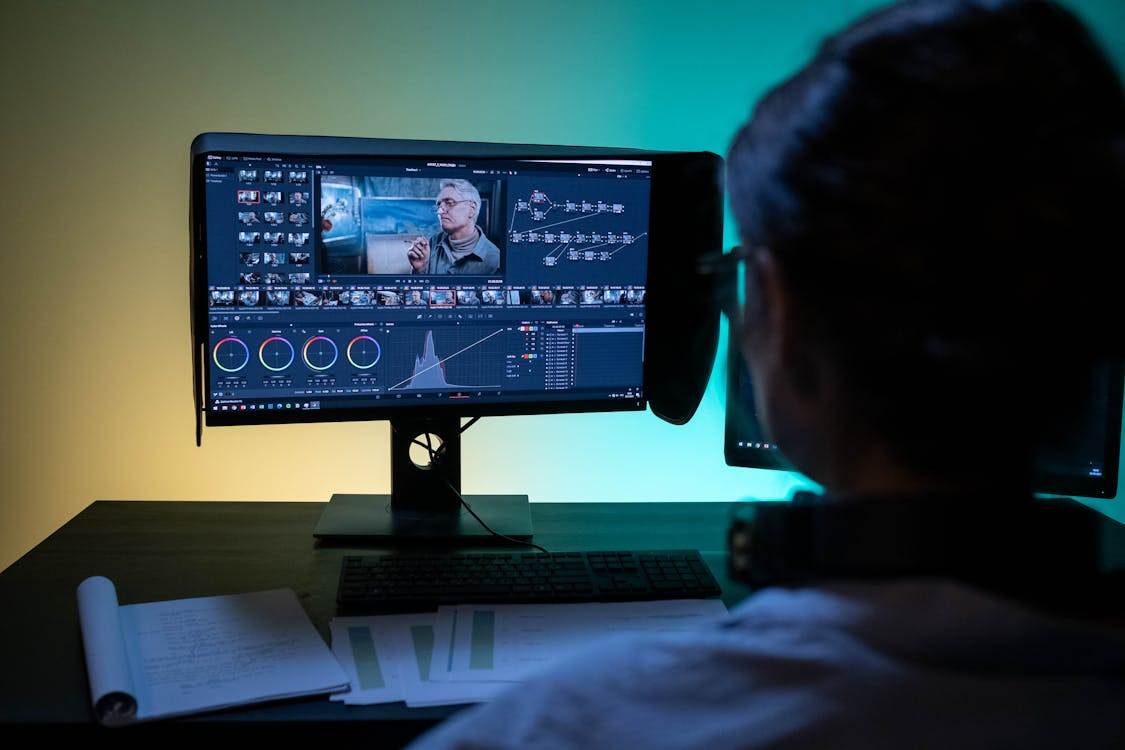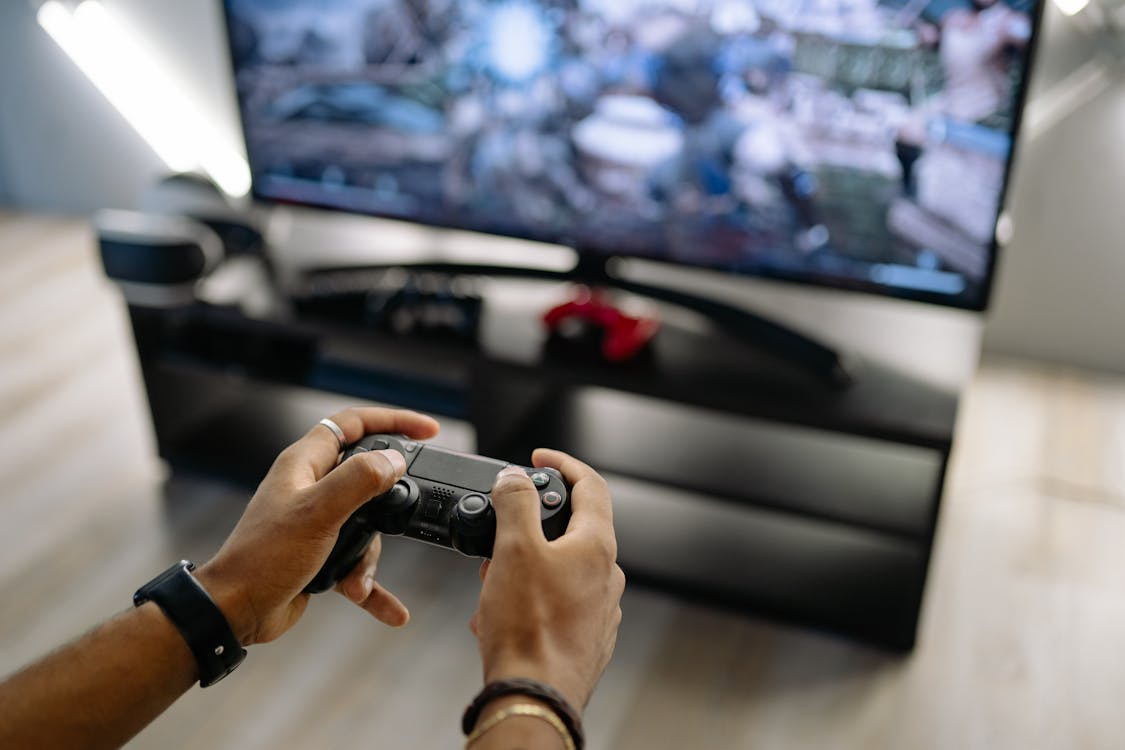When audiences watch a dubbed film or series, they rarely pause to consider the invisible hands shaping the voices they hear. Yet behind every seamless performance lies the meticulous work of a voice director—an unsung architect who bridges linguistic barriers, preserves emotional integrity, and ensures that a character’s essence transcends its original language. Far more than mere translators or technical supervisors, these professionals orchestrate a delicate alchemy of performance, culture, and precision. Understanding their craft reveals not just the complexity of dubbing, but the profound art of reanimating a character’s soul in another tongue.
The process begins long before actors step into the recording booth, with the voice director assuming the role of a detective dissecting the original work. They immerse themselves in the source material, studying every nuance: a character’s nervous laugh, the way anger tightens their vocal cords, or how vulnerability softens their speech. This deep analysis involves more than watching footage repeatedly; it requires mapping the emotional topography of each role. A director might annotate scripts with notes like “sarcasm masked by warmth” or “hesitation born of guilt,” creating a blueprint for actors to follow. For instance, in dubbing a complex character like Tony Soprano, the director must identify how James Gandolfini’s gravelly tone and sudden pauses convey both menace and insecurity—details that translate not through literal mimicry, but through capturing their emotional function.
Critically, this phase also involves navigating cultural subtleties that can derail a performance. A phrase that reads as playful in Japanese might sound dismissive in Spanish; a gesture that communicates respect in Hindi could feel overly formal in French. The voice director acts as a cultural mediator, adjusting delivery to preserve intent without sacrificing authenticity. When dubbing Hayao Miyazaki’s Spirited Away, for example, directors faced the challenge of translating Chihiro’s timid deference—a trait rooted in Japanese notions of humility—into English without making her seem passive. By guiding actors to emphasize hesitation in her speech rather than outright meekness, they retained her core character while ensuring Western audiences understood her journey.
Once the groundwork is laid, the director shifts to collaborating with actors, a process that balances guidance with creative freedom. Contrary to popular belief, great dubbing is not about mimicking the original performance note-for-note. Instead, the director helps actors find a “parallel truth”—a voice that feels organic in the new language while honoring the character’s core. This might involve experimenting with vocal range: a high-pitched, energetic tone in the original might translate to a warmer, slightly lower register in another language to convey the same vitality. For animated films, where voices must match exaggerated facial expressions, directors often use physical cues—asking actors to stand, gesture, or even move like the character—to unlock the right vocal quality.
Emotional calibration forms the heart of this collaboration. A single line can carry layers of meaning: a declaration of love might mask underlying fear; a joke could disguise profound sadness. The director’s job is to pinpoint these layers and guide the actor to embody them. They might playback snippets of the original performance to highlight a subtle inflection, or ask the actor to improvise variations until the right balance emerges. In one notable session for a dubbed thriller, a director spent 45 minutes working with an actor on a single line—“I’ll be there”—until they captured the precise mix of resolve and dread that mirrored the original performance. Such patience stems from an understanding that audiences intuitively sense when emotion feels forced, even if they don’t speak the original language.
Technical precision, while less glamorous, is equally vital. The director monitors sync closely, ensuring that vocal rhythms align with lip movements—a challenge known as “lip flap.” This requires actors to adjust phrasing without distorting meaning: stretching a syllable here, compressing a word there, all while maintaining natural flow. Modern tools help, but the director’s ear remains indispensable. They might request, “Shorten the pause after ‘I’—the character’s mouth closes earlier,” or “Linger on ‘sorry’ to match the frown.” These adjustments prevent the “disconnect” that pulls viewers out of the story, making the dubbed version feel as immersive as the original.
Quality control extends beyond individual lines to the coherence of the entire performance. The director ensures consistency in a character’s vocal mannerisms across scenes, even if recording happens over weeks. A villain’s sneer, a hero’s gruff warmth, or a child’s lisp must remain recognizable, evolving subtly only as the character grows. This attention to continuity is why voice directors often sit in on every session, even for minor roles, and maintain detailed logs of vocal choices. In serialized content, this log becomes a reference point, ensuring that a character’s voice doesn’t inadvertently shift between episodes.
The final phase involves blending performances into the broader soundscape. The director works with sound engineers to balance voice levels against music and sound effects, ensuring dialogue remains clear without feeling artificially foregrounded. They might suggest re-recording a line if background noise muddles its emotional impact, or adjust pacing to match the rhythm of action sequences. This holistic approach ensures that the dubbing feels integrated—a natural part of the film rather than an afterthought.
In an era of global streaming, the role of the voice director has never been more critical. They are cultural ambassadors, enabling stories to travel across borders while retaining their emotional core. A well-dubbed film doesn’t just make a story accessible; it honors the craftsmanship of the original, allowing characters to resonate with audiences regardless of language. The next time you watch a dubbed production and find yourself moved by a character’s voice, remember the unseen director who guided that performance—someone who understands that capturing a character’s soul isn’t about translation, but about reawakening it in a new tongue











